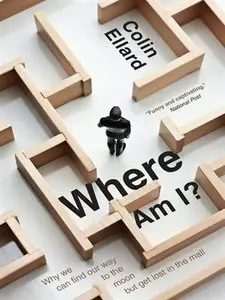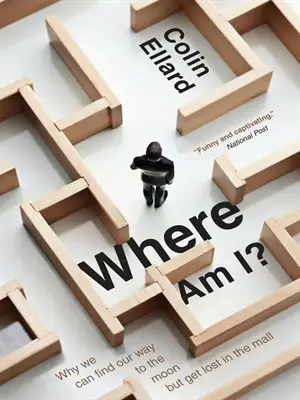Colin Ellard, "Where Am I? : Why We Can Find Our Way to the Moon but Get Lost in the Mall"
English | ISBN: 1554683947 | 2010 | EPUB | 328 pages | 1,4 MB
English | ISBN: 1554683947 | 2010 | EPUB | 328 pages | 1,4 MB
A homing pigeon released hundreds of miles away from its roost can somehow find its way home. Take the average Canadian city dweller and put him or her in the middle of a dense forest, and there’s a very good chance that the unfortunate soul won’t make it out. This disparity is one of the questions that Colin Ellard explores in his wide-ranging book Where Am I? Ellard, an experimental psychologist at the University of Waterloo, touches on practically every aspect of how living things find their way around. The first half of the book, which is rooted in hard science, examines the physiological basis for acts of navigation. Just how did animals (and humans) evolve the biological tools necessary to find food, shelter, and each other? How do we form the mental maps that help us get to that coffee shop for that mid-afternoon appointment? The crux of Ellard’s argument about human navigation centres on our ability to imagine distant spaces, even ones that we’ve never visited before. This trait, he argues, is one of the things that make humans unique. The second half of the book tackles the many psychological, social, and existential questions that surround issues of space. How do we design workplaces that foster creativity and happier employees? Can cities be built with pedestrians in mind? Does our disconnection from natural environments threaten our very humanity? These questions give the book’s second half a more philosophical, and less scientific, bent. This isn’t a criticism. The fact that Ellard is able to entertain us with an explanation of the cold, hard science of navigation, then to follow that up with an artfully constructed exploration of how our relationship to spaces plays a huge part in making us human, is a rare feat.



